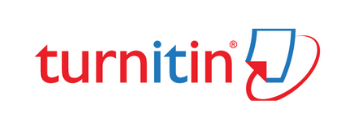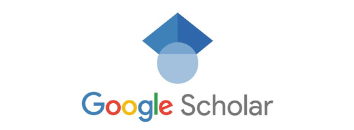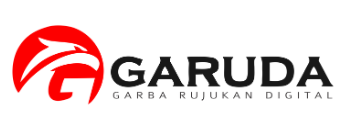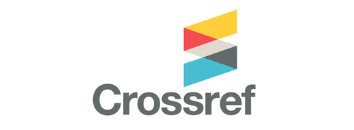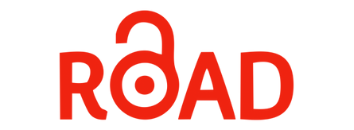Employees’ Perceptions of Work Attire in the Workplace, Does It Matter?
DOI:
https://doi.org/10.24002/kinerja.v24i2.3429Abstract
Wearing working dress in the workplace is considered as a representation of the organization culture, work attire becomes an important factor for the employees in a workplace. The types of work attire depend on the policy and the type of the organization even though there is no certain regulation on uniform in the workplace. This study is conducted to identify the impact of employees’ attire (formal and casual) on the employees’ self-perceptions of creativity, productivity, friendliness, trustworthiness and authoritativeness and competence. This study was held in Yogyakarta. The respondents varied from the employer to the employees, with total of 147 respondents. This study found that the characteristics and the appearance of the uniform significantly affect employees’ attitude towards the job while attribute function did not seem toaffect employees’ attitude towards job.
References
Adomaitis, A. D., & Johnson, K. K. P., 2005. Causal versus formal uniforms: Flight attendants' self-perceptions and perceived appraisals by others. Clothing and Textiles Research Journal, 23(2), p.88–101.
Bragg, R., 1994. Dressing down for the job. The New York Times, 15 July, 143(49758), p. A1.
Cardon, P. W., & Okoro, E. A., 2009. Professional characteristics communicated by formal versus casual workplace attire. Business Communication Quarterly, 72(3), p.355-360.
Chatelain, MA., 2015. The effect of academics’ dress and gender on student perceptions of instructor approachability and likeability. Journal of Higher Education Policy and Management,37(4), p.413–423
Cho, S., 2001. Influence of Consumer Age and Clothing Type of the Salesperson on Consumer Satisfaction with the Salesperson's Performance (Doctoral dissertation, Virginia Tech).
Dellinger, K., 2002. Wearing gender and sexuality “on your sleeve”: Dress norms and the importance of occupational and organizational culture at work. Gender Issues, 20(1), p.3-25.
Franz, T., 2001. Investigating business casual dress policies: Questionnaire development and exploratory research. Applied HRM Research, 6(2), p.79.
Fussell, P., 2002. Uniforms: Why we are what we wear. Social Behavior and Personality, 31(6), p.565–576.
Gibson, J. L., Donnelly, J. H., &Ivancevich, J. M., 2012. Organizations: behaviour, structure, processes.
Granovetter, M., 1984. Economic action and social structure: A theory of embeddedness. State University of New York at Stony Brook.
Jean Lee, S., & Yu, K., 2004. Corporate culture and organizational performance. Journal of managerial psychology, 19(4), p.340-359.
Judge, TA & Mueller, JD., 2012. Jobs attitudes. The Annual Review of Psychology, 63, p.341-67.
Karl, K. A., Hall, L. M., & Peluchette, J. V., 2013. City employee perceptions of the impact of dress and appearance: You are what you wear. Public Personnel Management, 42(3), p.452-470.
Kiddie, T., 2009. Recent trends in business casual attire and their effects on student job seekers. Business Communication Quarterly, 72(3), p.350-354.
Lund, D.B., 2003. Organizational culture and job satisfaction. Journal of Business & Industrial Marketing, 18(3), p.219-236.
Nelson, K., & Bowen, J., 2000. The effect of employee uniforms on employee satisfaction. Cornell Hotel and Restaurant Administration Quarterly, 41(2), p.86-95.
Nickson, D., Warhurst, C., & Dutton, E., 2005. The importance of attitude and appearance in the service encounter in retail and hospitality. Managing Service Quality: An International Journal, 15(2), p.195-208.
Parnes, A., 2001. Dress-down is down if not quite out. New York Times, 150, p.G1.
Pettigrew, A.M., 1979. On studying organizational cultures. Administrative Science Quarterly, 24, p.570-81.
Rafaeli, A., & Pratt, M. G., 1993. Tailored meanings: On the meaning and impact of organizational dress. Academy of Management Review, 18(1), p.32-55.
Reskin, B, & Padavic, I., 1994. Women and Men at Work. Thousand Oaks, CA: Pine Forge.
Schein E.H., 2010. Organizational Culture and Leadership. San Francisco: Jossey-Bass. 4th ed.
Sheehan, P., 2003. Dressed to impress. Lodging Hospitality, 59(14), p.48-50.
Solomon, M., 1986. Dress for effect. Psychology Today, 20(4), p.20-28.
Wood, N., & Benitez, T., 2003. Does the suit fit? Incentive, April, 177(4), p.31.
Woodside, Arch G., and Davenport, William J. Jr., 1974. The Effect of Salesman Similarity and Expertise on Consumer Purchasing Behavior. Journal of Marketing Research 11, May, p.198–202.
Yeh, R., Tu, Y. T., Chuang, N. K., Lin, M. J. J., & Lin, H. J. T., 2013. Hotel employees' uniform and their self-perceptions in Southern California. Tourism Management Perspectives, 6, p.79-81.
Zohar D, Hofmann D.H., 2012. Organizational culture and climate. In The Oxford Handbook of Industrial and Organizational Psychology, ed. SWJ Kozlowski. Oxford, UK: Oxford Univ. Press. In press






